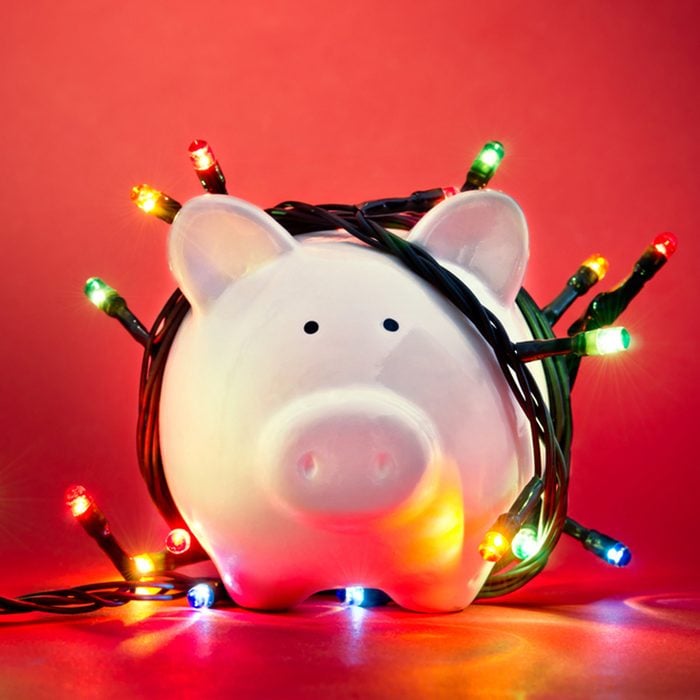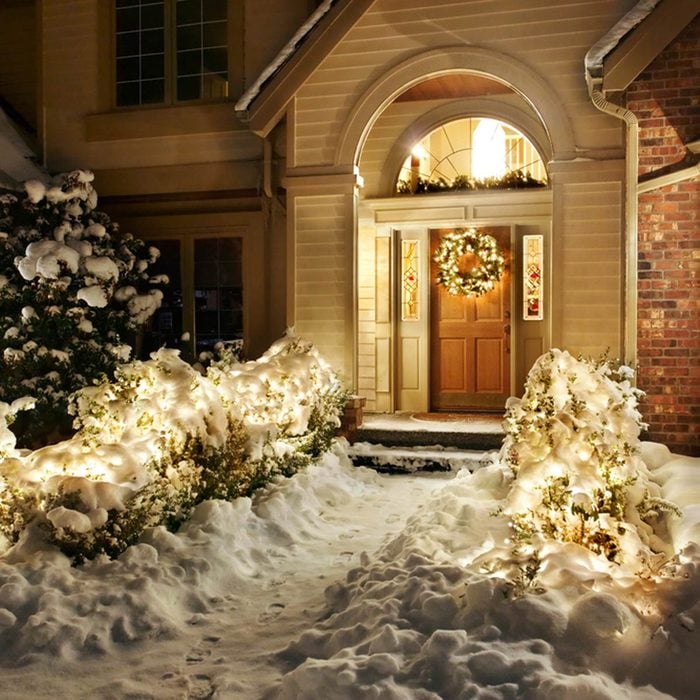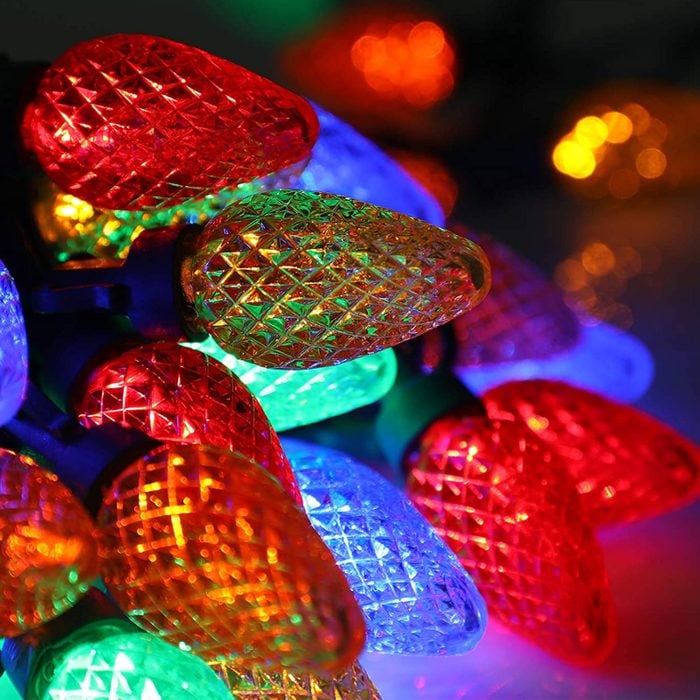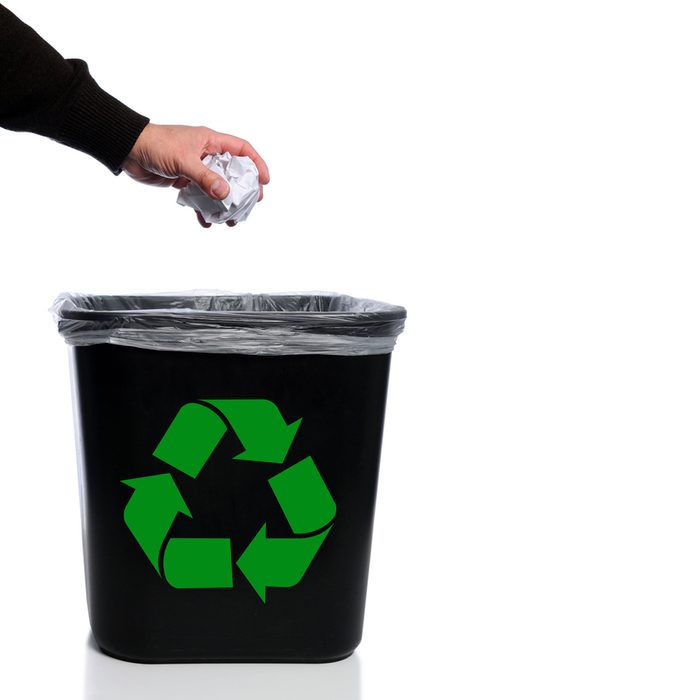LED Lights Cost Less to Use
Though they’re more expensive to purchase, LED Christmas lights will save you money over the long haul. LED lights use as much as 90 percent less energy than incandescent strands.
According to a 2017 study from the Washington Post, a single strand of 25 C9 incandescent bulbs — the large ones — use 175 watts of electricity over a 45-day span, operating 12 hours a day. The cost: $15.12. A similar strand of C9 LEDs used 2.4 watts over the same period, at a cost of just 21 cents, per the same study. Today’s costs will likely be higher, but you get the idea.
LED Lights Last Longer
You’ll get a lot of years out of your LED Christmas lights. LED bulbs last 25 percent longer than incandescents, according to the U.S. Department of Energy — up to 50,000 hours.
LED Lights Work Better in Colder Weather
Don’t worry about the next Arctic blast snuffing out your holiday light display. LED lights will still turn on and stay on when the mercury drops. They’ve even more efficient in lower temperatures.
LED Lights Are More Durable
LED Christmas lights get high marks for durability. Another advantage: Plastic bulbs in LED lights don’t break as easily as glass ones. So you can store them worry-free and spend more time decorating instead of testing and fixing Christmas lights.
LED Lights Are Cool to the Touch
If you’re concerned about safety around holiday decorations, LEDs are a good choice because they produce next to no heat. That means no burned digits when you or your kids touch them. A heat sink built into the lights displaces any heat they produce.
LED Lights Come in All Colors, Shapes and Sizes
It used to be all LED lights had a bluish tinge. That was especially noticeable with holiday lights, because the white lights didn’t look all that white. But that’s changed. You can get bright and soft versions of the light in all different colors.
LED lights also come in all shapes and sizes. It’s easy to think the strands will look like the LED light strips you put under the kitchen cabinets. While you can certainly get those kind of lights for your decorations, they’re available in all shapes and sizes now.
Just browse the aisle at the home center and you’ll notice LED rope lights, icicles, snowflakes, the big C9 style bulbs and lots more. The only limit is your imagination.
LED Lights Can Be Recycled
You’re encouraged to recycle LED lights because they contain precious metals that can be reused. They also don’t have hazardous chemicals like fluorescents or other types of lights, making them easier to recycle.
It won’t happen often give their long lifespans, but when it’s time to recycle Christmas lights, check with your local curbside provider to see if they accept them. If not, don’t worry. Some communities offer other recycling services that will take them. And many home stores like Lowe’s, The Home Depot or IKEA will collect them for recycling. Check with the store nearest you to see if it offers that service.
Incandescent bulbs are hard to recycle because it’s difficult to separate the metal and glass parts, and it’s harder to find services that will accept them.







